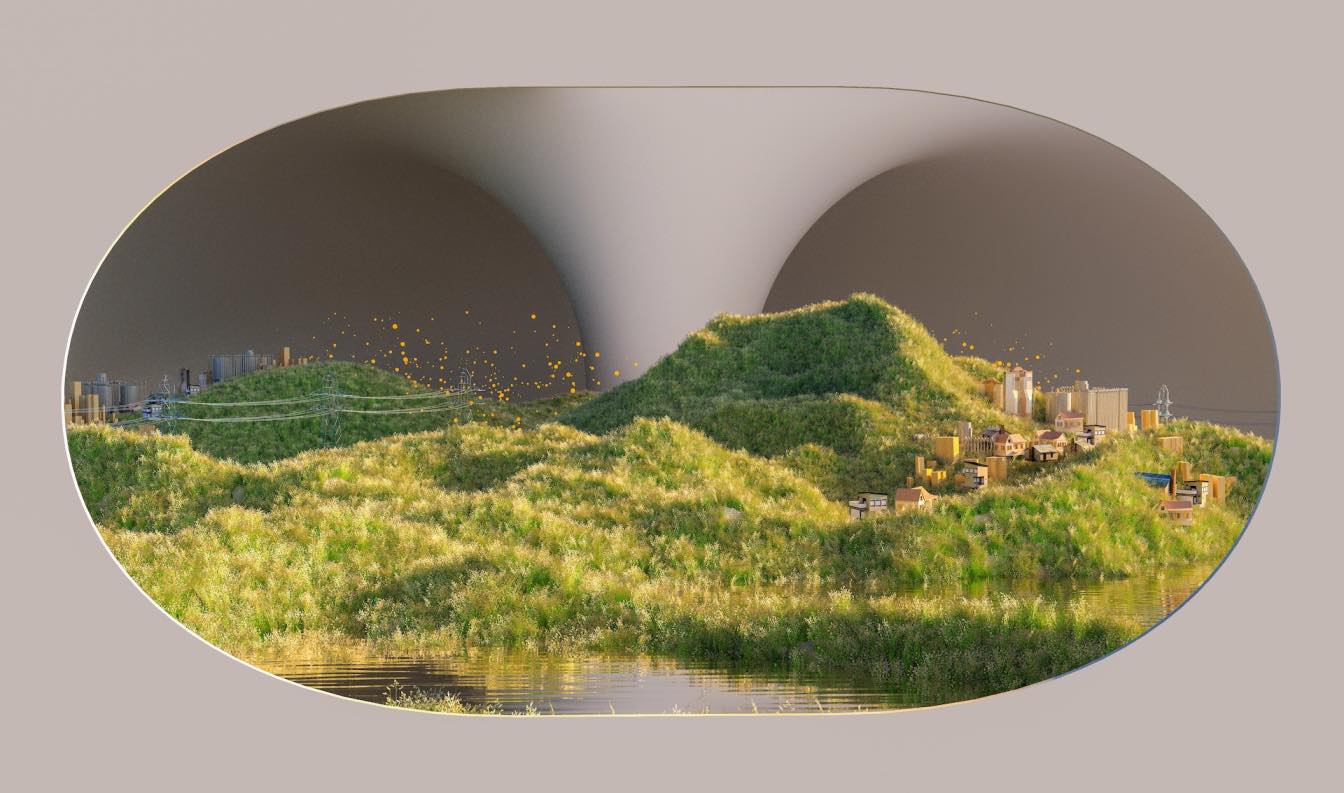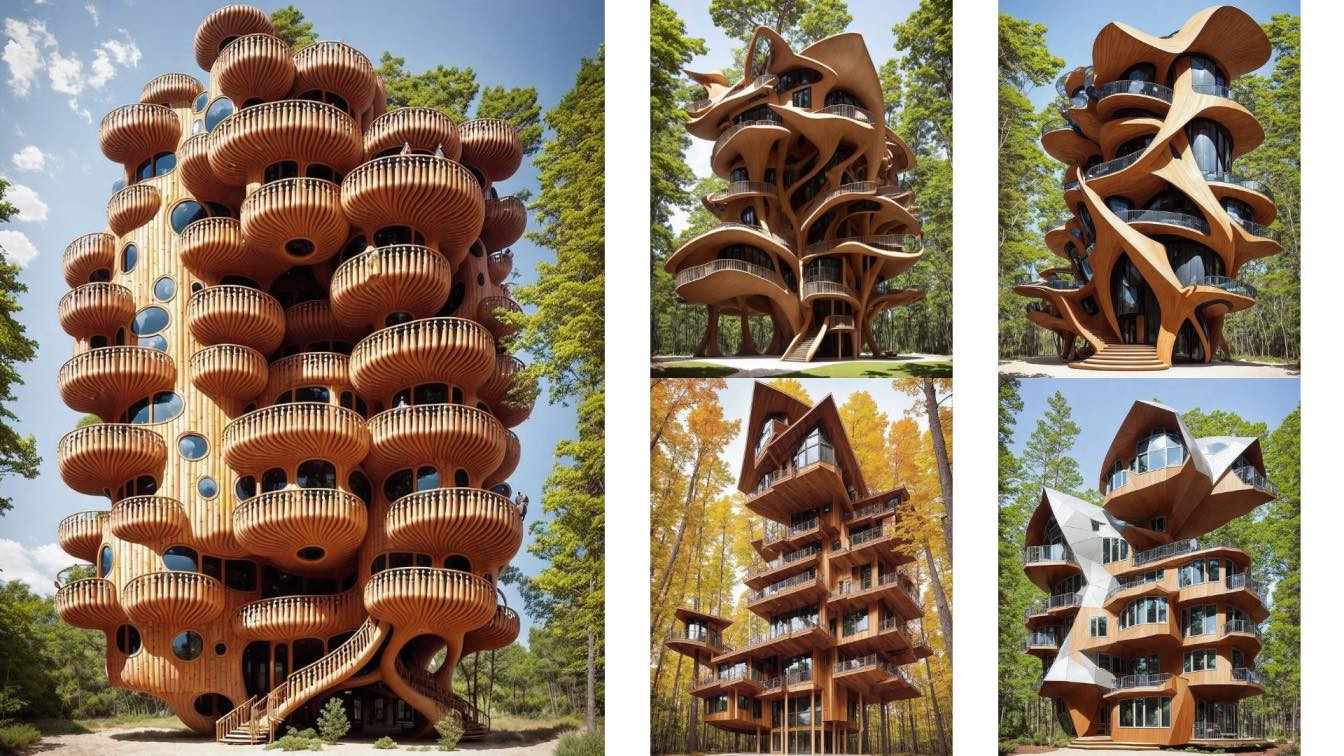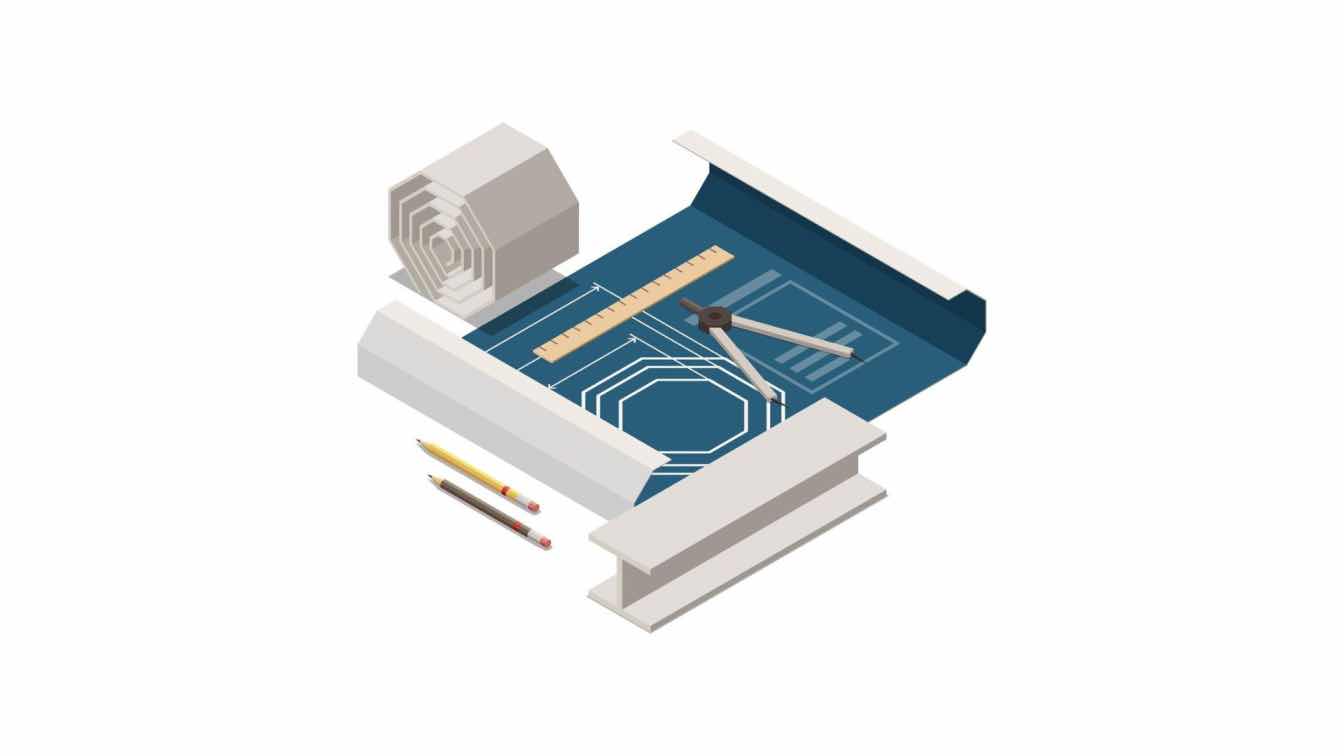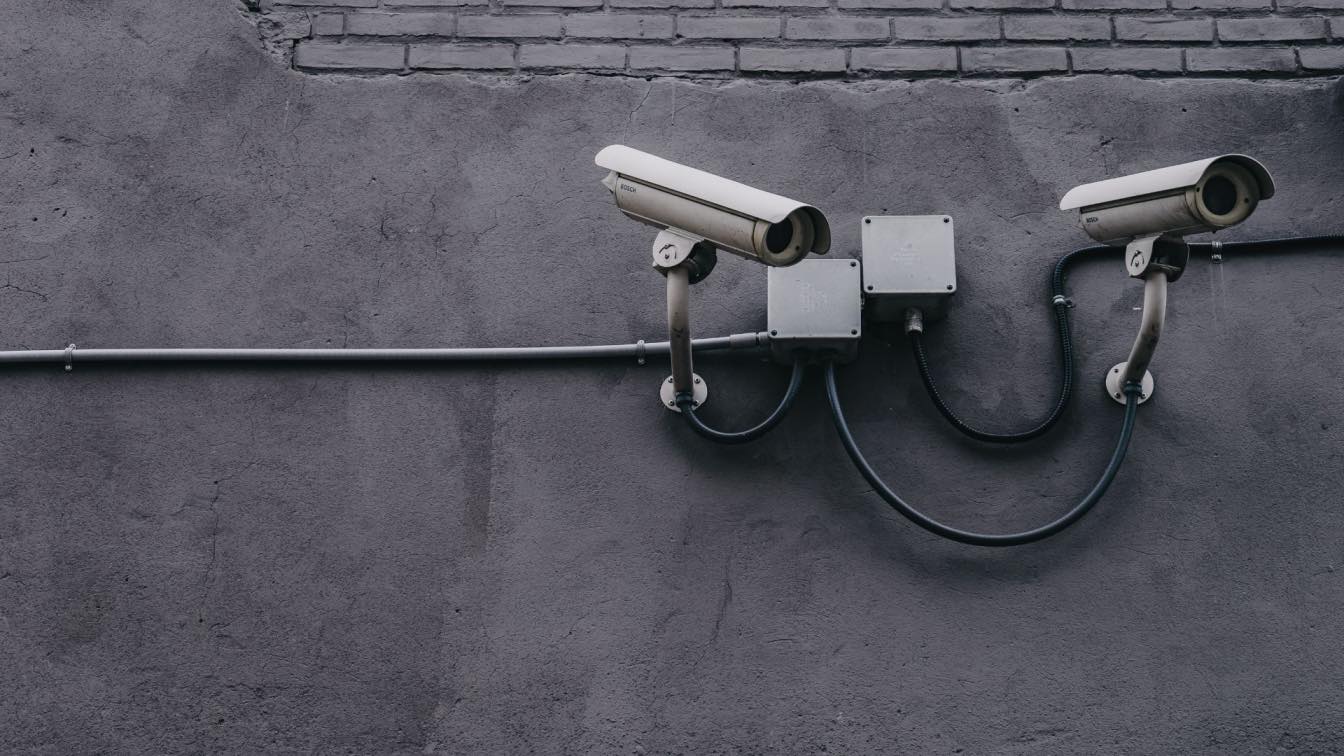Architecture is inherently an innovative discipline that constantly pushes the limits of design and construction to shape our cities. But now, with the inevitable rise (and no fall in sight) of artificial intelligence (AI), architects are facing a new frontier that could very well transform the industry forever.
What does this mean for architects and their jobs, and what are the potential impacts of AI on future cityscapes? In this blog post, we explore these and more questions and discuss the challenges and opportunities of the not-so-distant AI architectural revolution.
Architects and AI: What Does the Future Hold?
When you think of architecture and design, your mind probably conjures images of blueprints and models painstakingly crafted by highly skilled architects. But what if you add AI to the mix? With its ability to process massive amounts of data in the blink of an eye, AI can assist architects in generating design concepts that are not just functional but truly awe-inspiring.
By analyzing historical architectural trends, environmental factors, and cultural influences, AI can offer fresh design insights that push the boundaries of imagination and that, in turn, may help architects push the limits of design and construction even further.
This collaboration between human ingenuity and machine intelligence can result in buildings that are as aesthetically pleasing as they are functional. And, equally important, sustainable and eco-friendly, too.
Speaking of sustainability, a pressing concern of our time, the collaboration between humans and AI can also help bring about a green revolution in architecture. AI’s analytical capabilities can optimize building designs for energy efficiency and environmental impact.
Just imagine, skyscrapers adorned with vertical gardens that improve air quality or buildings with solar panels cleverly integrated into their facades to harness renewable energy.
But it’s important to note that AI isn’t limited to individual buildings; it can also help transform urban planning. Traffic congestion, infrastructure development, and public space accessibility can all be optimized and improved using AI algorithms.
For example, AI can analyze traffic patterns to propose optimized road networks, reducing congestion and travel time. It can also identify underutilized spaces that can be transformed into parks, recreational areas, or community gardens, fostering a sense of community in urban environments.
While this all sounds amazing in theory, what does it mean for the profession of architecture? Will AI actually replace architects at some point in the future? In our opinion, this doesn’t seem likely at all.
Sure, automation and AI will almost certainly transform the field of architecture, and there’s no doubt that this change will put some architects out of their jobs, but let us not kid ourselves that AI could ever replace human creativity, morality, and intelligence. What is more likely to happen is a sort of marriage of architects and AI.
Ultimately, embracing AI in any discipline, including architecture, does not mean replacing the human touch but enhancing it. After all, it is the architects who possess an innate understanding of human emotions, culture, and experience, not AI. But AI can bring something else to the table: computational efficiency and data-driven insights. Not a bad match!
A Glimpse into the Future
Without a doubt, the collaboration between architects and AI will bring about some stunning designs. But you don’t have to wait to see what these AI-generated designs will look like – with AI photo generator tools that can magically turn text into images in mere seconds, such as Picsart, Dall-E, Midjourney, and more, you can visualize urban landscapes in all their futuristic glory.
From imposing skyscrapers covered in greenery to symbiotic apartment buildings built as a part of large redwood trees, all the way to giant treehouses with dozens of apartments inside, AI urban landscapes practically always look like a perfect fusion of nature and urbanity.
While certainly impressive, are such AI designs possible in the real world? Instead of producing such concepts in a literal sense, the primary purpose of AI is to assist human architects in envisioning new ideas for their designs. By harnessing the power of AI, architects can channel their energy into designing spaces that deeply resonate with people, fostering a sense of connection between humans and nature.
Potential Drawbacks of Using AI in Architecture
While AI can bring many benefits to the field of architecture, there are some drawbacks and challenges that everyone should be aware of, including concerns about job displacement, loss of the human touch, and over-dependence on technology.
While some may be highly optimistic about the AI revolution – which is transforming virtually all aspects of our lives – the reality is that AI is highly likely to put some, if not many, architects out of a job. This, of course, will be due to automation: many tasks that are performed by architects and designers will soon become automated.
But before you panic, it’s important to remember that AI is, first and foremost, just a tool, not a replacement for human creativity and intelligence. What is most likely to happen is the aforementioned “marriage” of architects and AI: architects will remain the driving force behind the creative process, while AI will be used as a tool to amplify human creativity. In essence, AI will augment human capabilities, not replace them.
Final Thoughts
The collaboration between architects and AI holds great promise for the future of cityscapes. As AI-generated designs reshape skylines, sustainability becomes integral, and urban planning becomes optimized, our cities could transform into vibrant, efficient, and culturally rich hubs.
The key lies in maintaining a delicate equilibrium between human innovation and technological advancement. We have every hope that the cities of tomorrow will bear the signature of both human and AI creativity and ingenuity.






